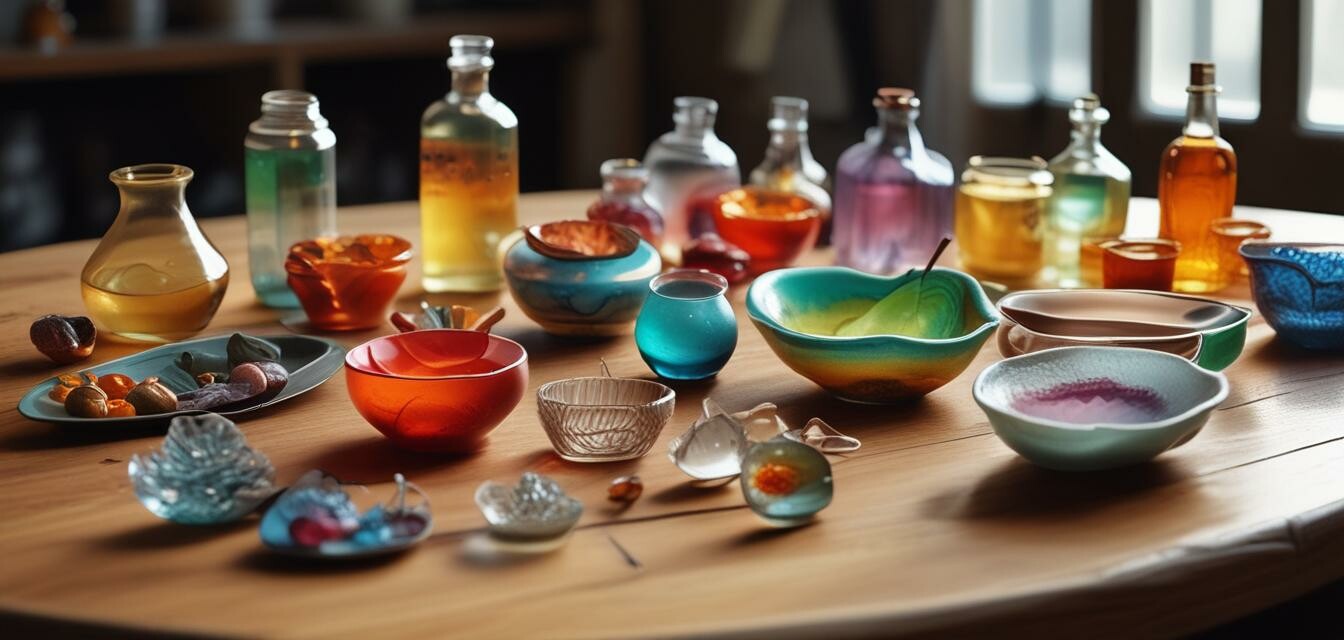
How to use molds in glass blowing: Techniques and tricks
Key Takeaways
- Molds enhance the creativity and precision in glass blowing.
- Different types of molds produce various shapes, including bowls, plates, and intricate designs.
- Proper preparation and technique are crucial for successful molding results.
- Experimentation can lead to unique outcomes and artistic development.
- Safety precautions must be observed while working with hot glass and molds.
Using molds in glass blowing opens a world of artistic possibilities. Whether you are a beginner or an experienced glass artist, understanding the techniques and tips on utilizing molds can significantly enhance your creations. In this article, we will explore the different types of molds, tips for successful molding, and ways to creatively use molds in your projects.
Types of molds used in glass blowing
There are several types of molds that glass artists can use to create unique pieces. Below is a table summarizing the common molds:
| Mold Type | Description | Best For |
|---|---|---|
| Bowl molds | Used to shape hot glass into bowls | Functional and decorative bowls |
| Plate molds | Flat molds that create plates | Serving plates and decorative art |
| Jewelry molds | Small molds for pendants, earrings, and rings | Jewelry making |
| Casting molds | Used for creating intricate and 3-D designs | Complex artworks and sculptures |
How to prepare your mold
Preparing your mold properly is key to achieving the best results in glass blowing. Here are steps to follow:
- Clean the mold: Ensure the mold is free from dust and residue. A clean mold helps in removing imperfections.
- Use release agents: Applying a release agent like mold soap can prevent the glass from sticking to the mold.
- Heat the mold: Preheating the mold prior to pouring hot glass can minimize thermal shock.
Techniques for using molds in glass blowing
Mastering the techniques of using molds is essential for both appearance and safety in your glass creations. Here are some basic techniques:
- Consistent heating: Always ensure your glass reaches the required temperature before applying it to the mold.
- Controlled pouring: Pouring glass into the mold requires steady hands; pour slowly to avoid splashes.
- Mold filling: Make sure to fill the mold completely for a seamless look.
- Cooling down slowly: After shaping, let the glass cool slowly to prevent cracks and breaks.
Expert tips for successful molding
Here are some expert insights to take your glass molding to the next level:
Beginners Section Tips
- Start with simple shapes before moving on to complex designs.
- Experiment with different types of glass to find your preferred effects.
- Document your successes and failures to learn from each project.
- Join local classes or workshops to gain hands-on experience.
Safety precautions
Working with glass can be dangerous if safety precautions are not followed. Always remember to:
- Wear safety glasses to protect your eyes from glass shards.
- Use gloves to guard against burns from hot glass.
- Work in a properly ventilated area to avoid inhaling harmful fumes.
Exploring creativity with molds
Glass molds are not just tools but also canvases for your creativity. Here are some ideas for innovative projects:
- Create stunning multi-layered bowls using different colored glasses.
- Combine various molds for unique combinations, such as a bowl within a plate.
- Experiment with texturing the surface of the molds to add depth to your pieces.
Conclusion
Utilizing molds in glass blowing provides endless opportunities to create beautiful and intricate pieces. Whether you’re looking to create functional objects or stunning pieces of art, understanding the techniques involved in using molds will elevate your glass-making endeavors. Check our glass molds category for the best supplies to get started on your next project.
Pros
- Allows for consistent and precise shapes.
- Enhances creativity by enabling complex designs.
- Can lead to the creation of unique artistic pieces.
Cons
- Requires practice to master the techniques.
- Can be expensive to purchase high-quality molds.
- Molds can break if not handled carefully.

